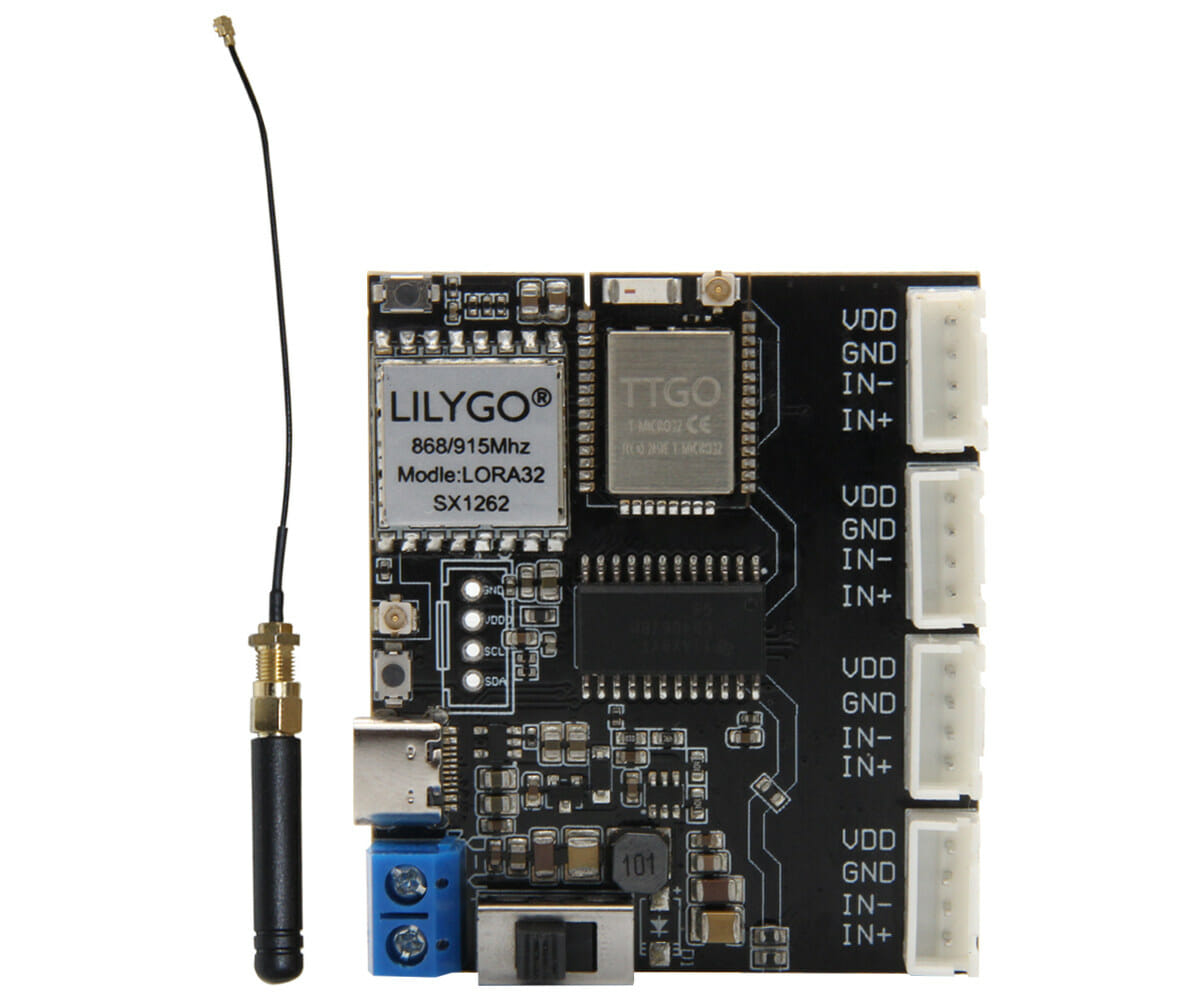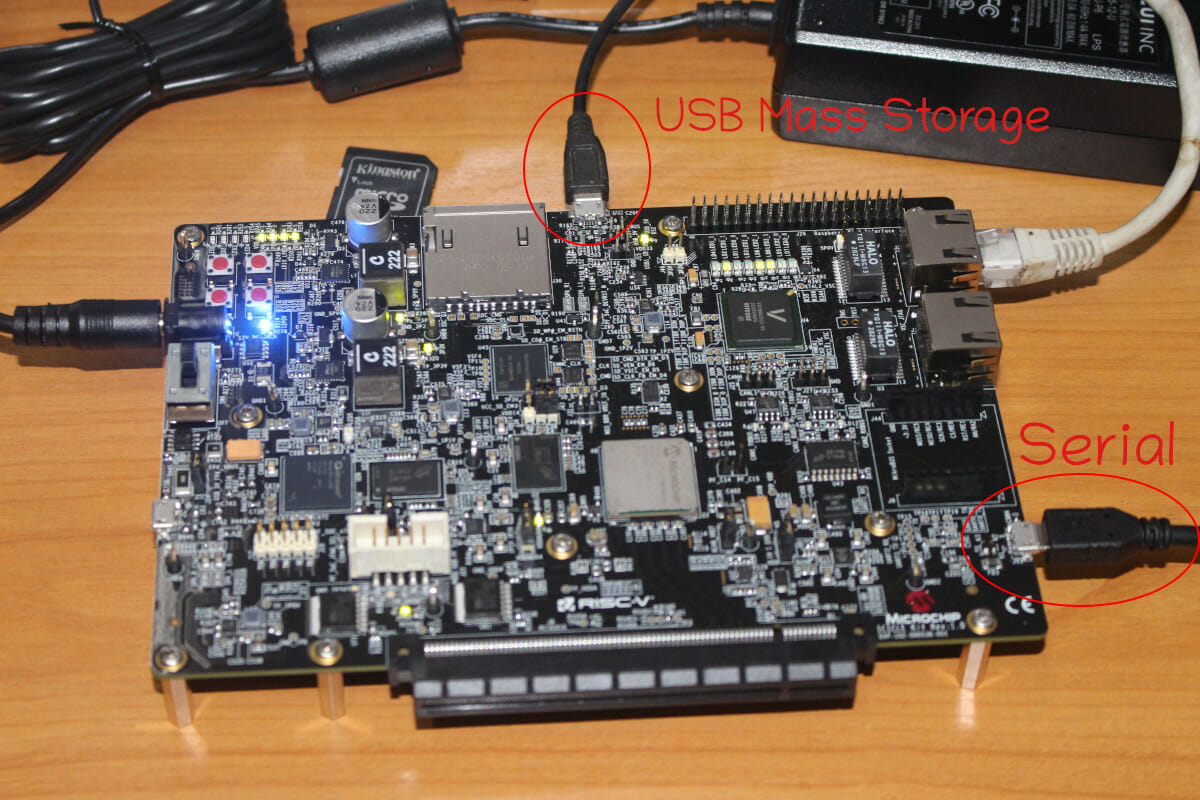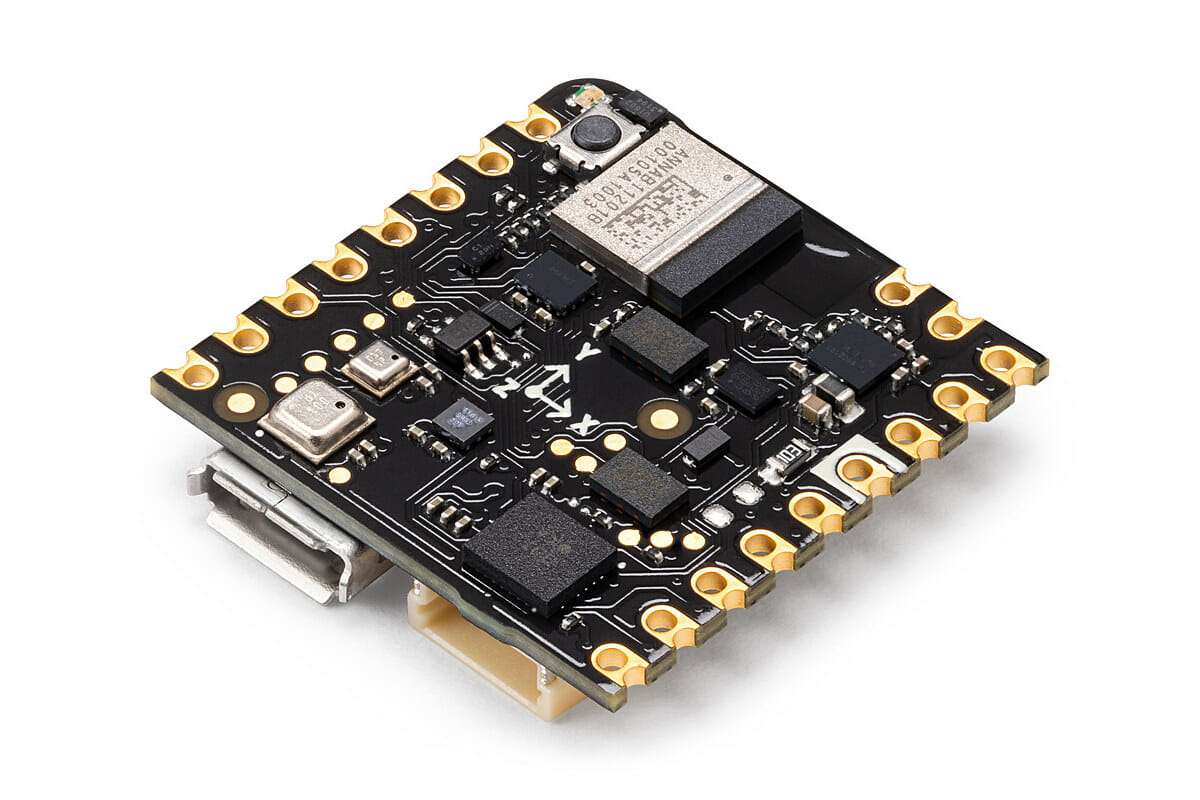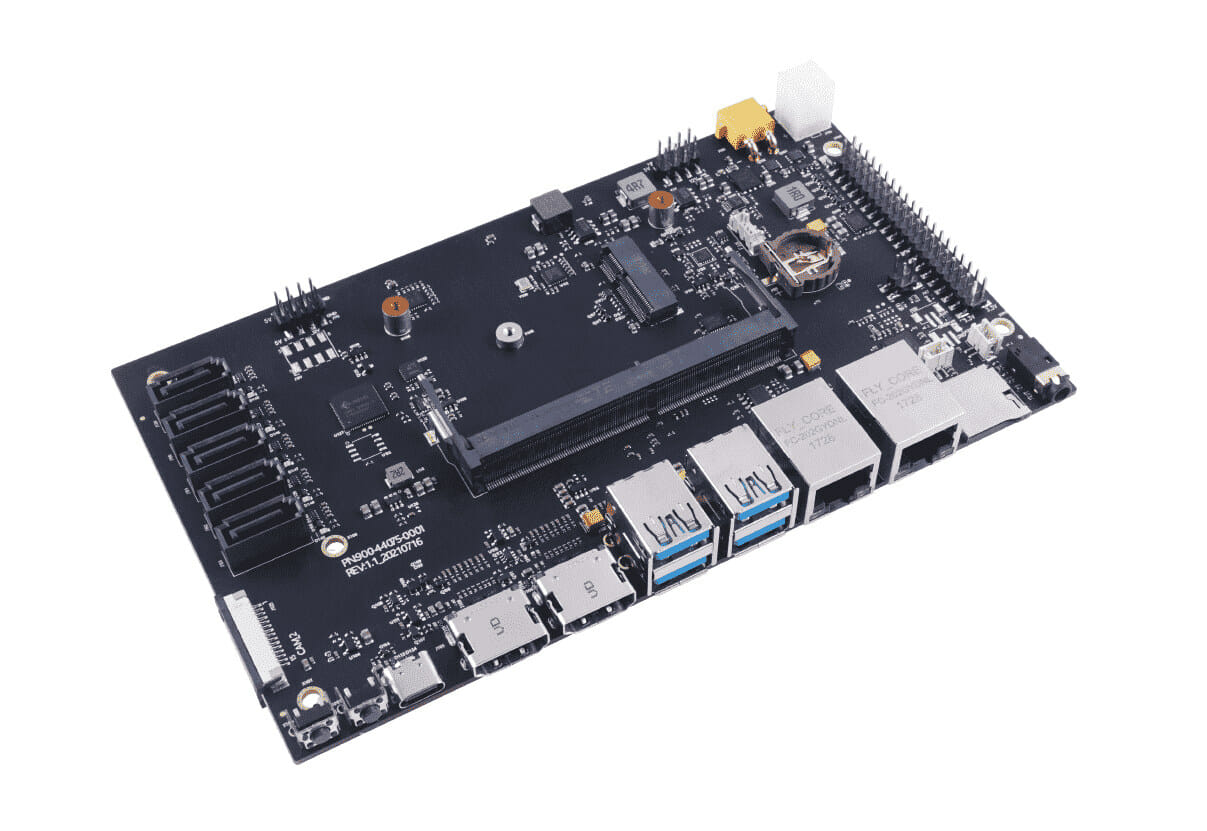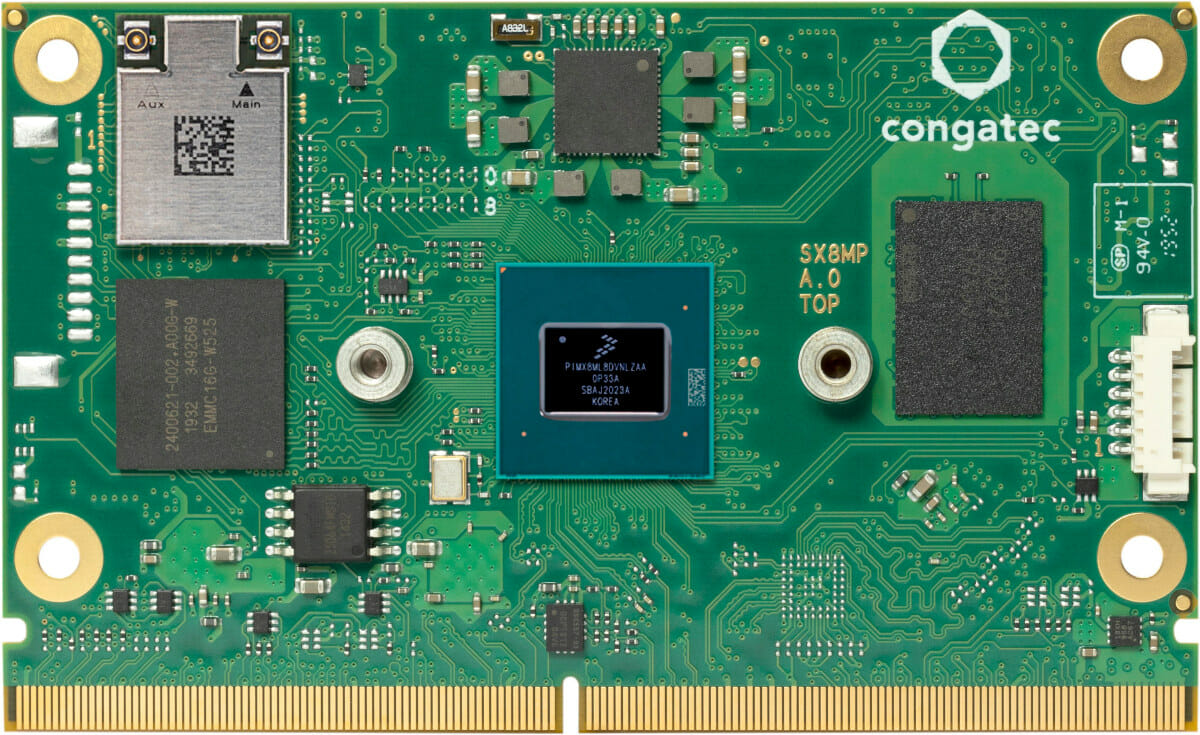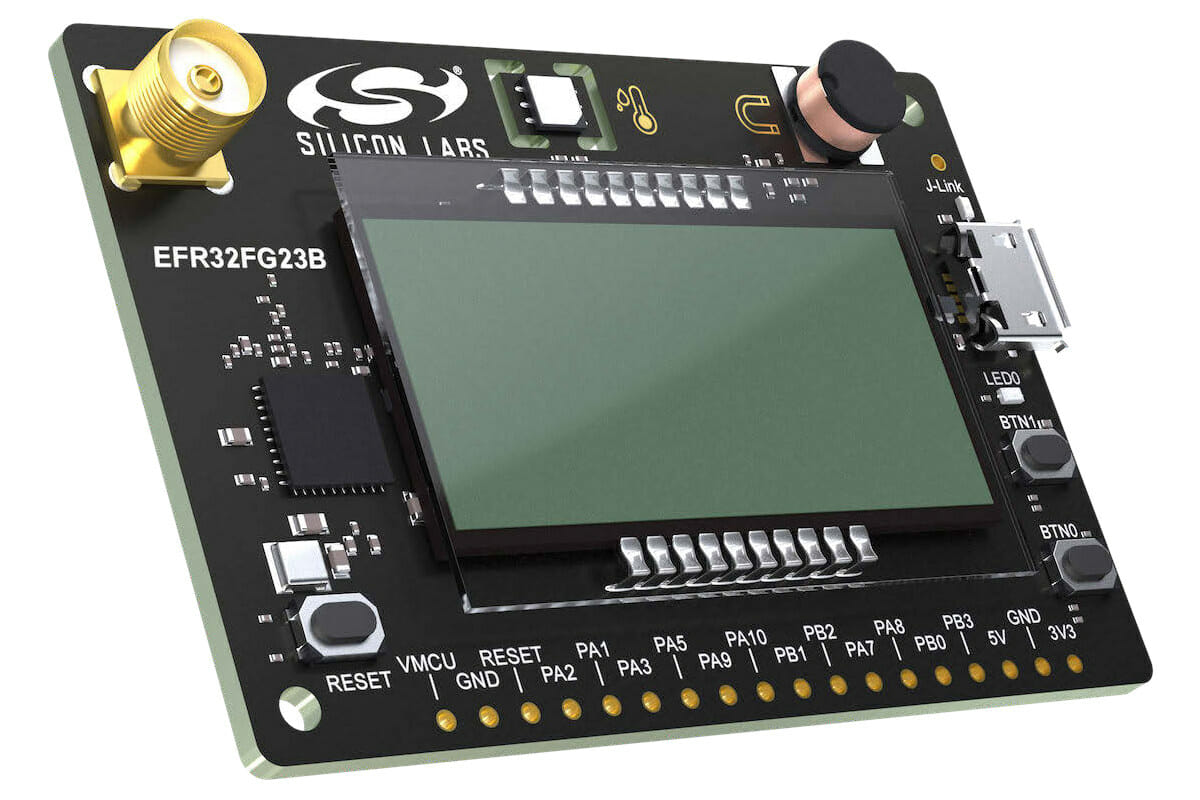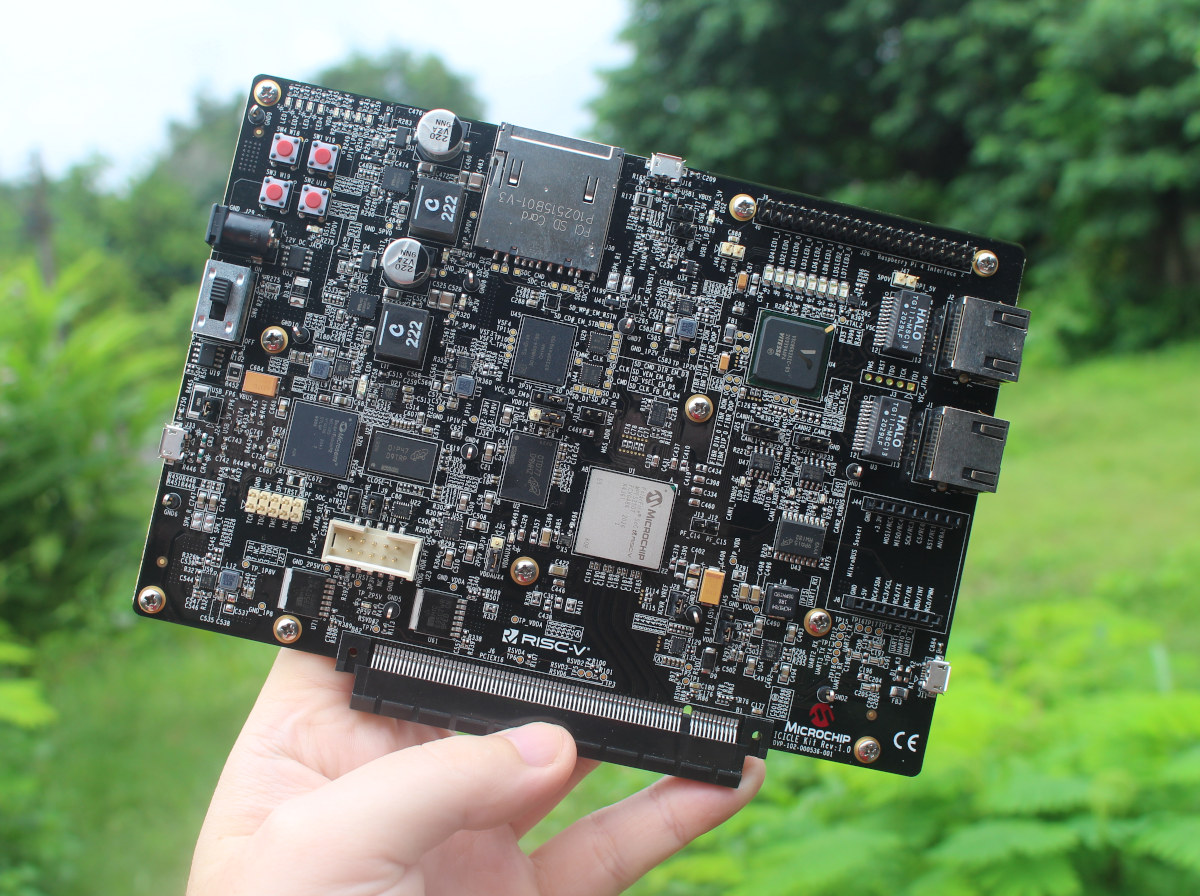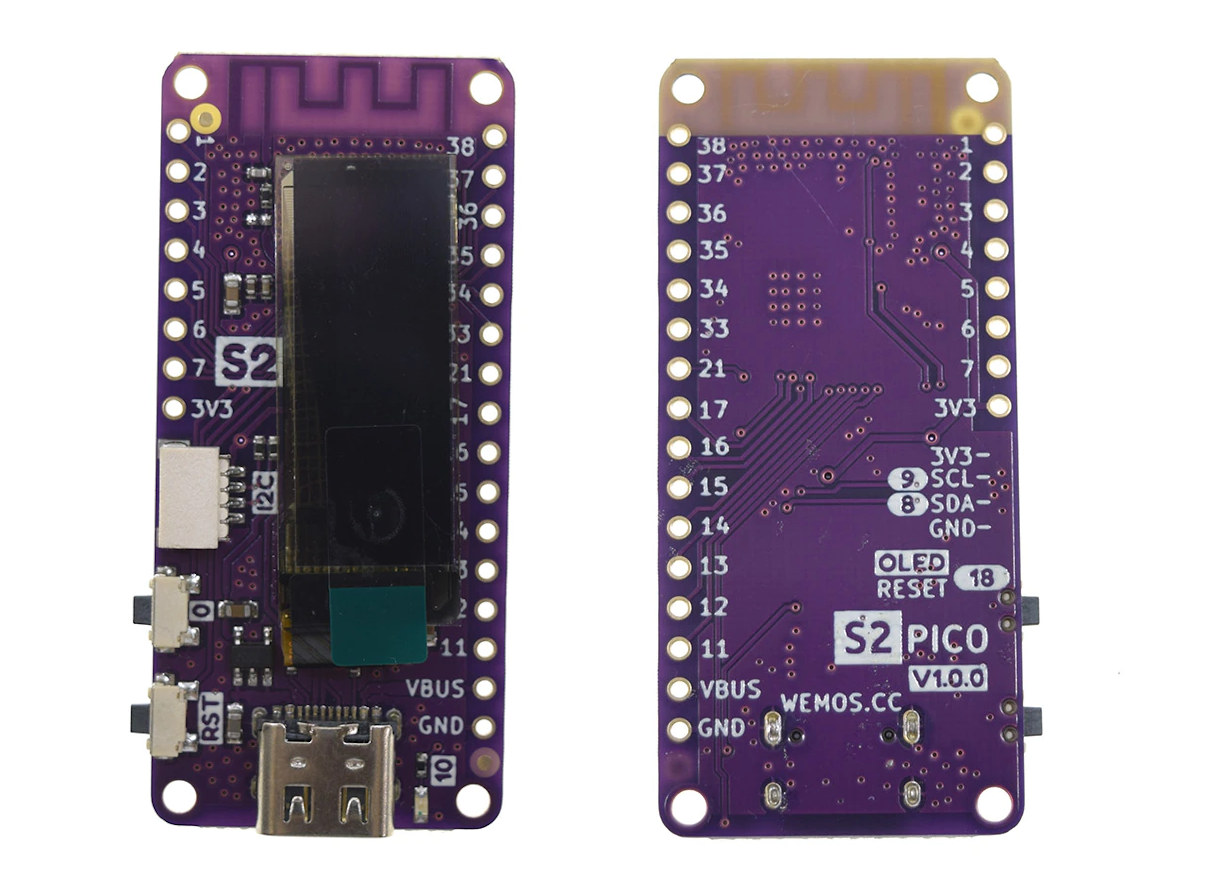Ever wanted to build your own LoRaWAN connected weighing scale? Me neither, but apparently those types of products already exist for logistics and inventory management, and LilyGO’s latest ESP32 board – the TTGO T-Weigh – is designed for this exact purpose with a Semtech SX1272 based LoRa module, and four HX711 24-bit ADC chips. The board can handle up to four scales that transfer weight data over WiFi, Bluetooth or LoRaWAN, and should be useful in applications that require weighting goods or products where there are limited connectivity options including logistics, farming. TTGO T-Weigh specifications: Wireless modules TTGO T-Micro32 module based on ESP32-PICO-D4 SiP with ESP32 dual-core processor, 4MB SPI flash, 2.4 GHz WiFi 4 and Bluetooth 4.2/5.x TTGO LORA32 module based on Semtech SX1262 transceiver (EU868/US915)with -22 dBm Tx power, -148 dBm sensitivity, up to 62.5 kbps LoRa bitrate, up to 300 kbps FSK bitrate Antennas WiFi/Bluetooth – Ceramic […]
Getting Started with the Yocto Linux BSP for Polarfire SoC FPGA Icicle Kit
Last month I received Microchip PolarFire SoC FPGA Icicle development kit that features PolarFire SoC FPGA with a Penta–core 64-bit RISC-V CPU subsystem and an FPGA with 254K LE, and booted it into the pre-installed Linux operating systems based on OpenEmbedded. Today, I’ll show how to get started with the Yocto BSP and run the EEMBC CoreMark benchmark, and I’ll check out the FPGA with Libero SoC Design Suite in a couple of weeks. Operating Systems supported by PolarFire SoC FPGA My initial idea was to focus this part of the review on Linux on RISC-V status, checking some system information, running some benchmarks (e.g. SBC-Bench), compiling the Linux kernel, and installing services like a LEMP stack (Linux, Nginx (pronounced Engine-X), MySQL, PHP) which could be used for WordPress hosting for instance. But then I looked at the operating systems supported with Microchip PolarFire SoC FPGA. There’s a Yocto Linux […]
Nicla Sense ME – Arduino PRO meets Bosch SensorTech’s motion and environmental sensors
Arduino is going full steam ahead with its Arduino PRO family of boards for industrial applications. After the announcement of the Portenta H7 Lite board earlier this month, the company has now introduced the Arduino Nicla Sense ME designed in collaboration with Bosch Sensortec. The Nicla Sense ME (Motion & Environment) board comes with a range of Bosch Sensortec sensors notably a 9DoF smart motion sensor and a 4DoF environmental sensor with AI capabilities, and targets industrial IoT applications either for research projects, rapid prototyping, or commercial products. Arduino Nicla Sense ME specifications: MCU – Nordic Semi nRF52832 Cortex-M4 microcontroller @ 64 MHz with 512KB Flash, 64KB RAM, Bluetooth 4.2/5.0 LE connectivity (via U-blox ANNA B112 module) Storage – 2MB SPI flash for storage; 2MB QSPI dedicated for BHI260AP Sensors BHI260AP motion sensor system with integrated AI, “Fuser 2” 32-bit Synopsys DesignWare ARC EM4 core with RISC FPU BMM150 magnetometer […]
NVIDIA Jetson Nano/Xavier NX carrier board offers 5 SATA, 6 CSI camera, dual GbE, and more
Leetop has introduced two carrier boards for NVIDIA Jetson Nano or Xavier NX modules, with Leetop A205 a full-featured carrier board offering five SATA ports, six MIPI CSI camera interfaces, an M.2 Key E slot, dual Gigabit Ethernet, four USB 3.0 ports, dual HDMI output and more, as well as the more compact Leetop A203 about the size of the modules themselves and offering Gigabit Ethernet, HDMI output, USB 3.0/2.0 ports, a camera interface, and an M.2 slot for optional WiFi and Bluetooth connectivity. We’ll focus on the former in this article, as it offers more features, and the smaller board provides less functionality than the NVIDIA Jetson Nano developer kit at a much higher price, although I understand it can still be useful for space-constrained applications. Leetop A205 specifications: Supported SoMs – NVIDIA Jetson Nano and Jetson Xavier NX Module Compatibility Storage – 5x SATA ports, MicroSD card slot […]
SMARC Modules With NXP i.MX 8M Plus Processor (Sponsored)
Low-power flagship for artificial intelligence – congatec is expanding its SMARC platform with a new module with an NXP i.MX 8M Plus processor especially for embedded AI applications. Thanks to the extensive ecosystem with an application-ready 3.5-inch carrier board, Basler cameras, and AI software stack, fast proof of concept is possible. That hasn’t always been so easy. Previously, it was usually much more difficult to use the latest processor technology from the Arm environment as a finished system than to implement the x86 environment. This is because, as a result of the historically large range of individually tailored custom designs used in large quantities, the ecosystem of system platforms is not that extensive. However, with the modular approach based on the SMARC computer-on-modules specification, it is now also possible to obtain standard form factors from the x86 box PC range with ARM processors. For example, the embedded computing specialist congatec […]
Arm PSA Certified Level 3 Sub-GHz wireless SoCs support Amazon Sidewalk, mioty, Wireless M-Bus, Z-Wave…
Silicon Labs has announced two new sub-GHz wireless SoCs with EFR32FG23 (FG23) and EFR32ZG23 (ZG23) devices adding to the company’s Gecko Series 2 Cortex-M33 platform. Both FG23 and ZG23 support up to one mile (~1.6 km) wireless range, 10+ year battery life on a coin-cell battery, are certified with Arm PSA Level 3 security, and support “advanced wireless technologies” such as Amazon Sidewalk, mioty, Wireless M-Bus (WM-Bus), Z-Wave, and proprietary IoT networks. Silicon Labs explains the chips’ ultra-low transmit and receive radio power (13.2 mA TX at 10 dBm, 4.2 mA RX at 920 MHz) and RF implementation (+20 dBm output power and -125.3 dBm RX at 868 MHz, 2.4 kbps GFSK), makes the long-range and long battery life possible. The ZG23 is designed for Z-Wave applications with Long Range and Mesh connectivity and can be integrated into either end devices or gateways. The company is also working on ZG23-based […]
A first look at Microchip PolarFire SoC FPGA Icicle RISC-V development board
Formally launched on Crowd Supply a little over a year ago, Microchip PolarFire SoC FPGA Icicle (codenamed MPFS-ICICLE-KIT-ES) was one of the first Linux & FreeBSD capable RISC-V development boards. The system is equipped with PolarFire SoC FPGA comprised a RISC-V CPU subsystem with four 64-bit RISC-V (RV64GC) application cores, one 64-bit RISC-V real-time core (RV64IMAC), as well as FPGA fabric. Backers of the board have been able to play with it for several months ago, but Microchip is now sending the board to more people for evaluation/review, and I got one of my own to experiment with. That’s good to have a higher-end development board instead of the usual hobbyist-grade board. Today, I’ll just have a look at the kit content and main components on the board before playing with Linux and FPGA development tools in an upcoming or two posts. Microchip PolarFire SoC FPGA Icicle Unboxing The board […]
LOLIN S2 Pico – A compact ESP32-S2 board with an OLED display
If you’re into small MCU boards with an integrated display, you’re in luck as LOLIN launched the S2 Pico board with ESP32-S2 and an OLED display about at the time same as LILYGO T-Display RP2040 board we covered yesterday. Wemos/LOLIN S2 Pico board offers WiFi connectivity, a 128×32 OLED display, USB Type-C port for power and programming, as well as the usual GPIO headers in a compact 50×23 mm form factor. LOLIN S2 Pico specifications: SoC – Espressif Systems ESP32-S2FN4R2 single-core Xtensa LX7 processor with 4MB flash, 2MB PSRAM, and WIFI connectivity only, i.e.no Bluetooth support Display – 128×32 OLED display based on SSD1306 driver USB – USB Type-C port for power and programming Expansion 16-pin + 8-pin headers with 21x GPIO with interrupt/PWM support, ADC, DAC, I2C, SPI, UART, USB OTG 4-pin I2C connector Misc – Reset and user buttons Power Supply – 5V via USB-C port Dimensions – […]


